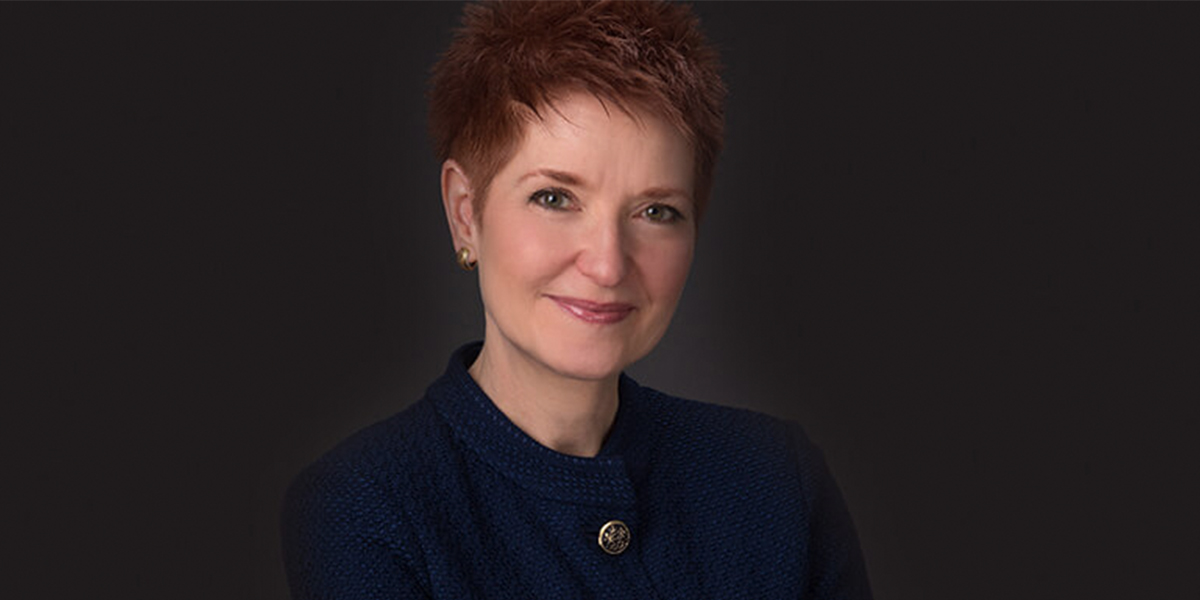
NAMA's Carla Balakgie Talks with CokeSolutions
Expert shares ways to keep up with changes in the vending industry

The world of vending is vaster than people may realize. Today’s industry encompasses multifarious facets – from the diverse companies involved in delivery and fascinating equipment options to the panorama of placements to the way consumers shop. CokeSolutions spoke with Carla Balakgie, President and CEO, National Automatic Merchandising Association (NAMA), which represents 1,800-plus members including service companies, equipment manufacturers and product suppliers. Following are excerpts from our interview, in which Balakgie shares how operators can take advantage of the shifting landscape.
Q. Can you give a brief overview of NAMA and the vending industry?
A. NAMA represents much more than vending – which is important for product manufacturers, operators and retailers to understand because there’s enormous opportunity for product retailing. We’re a 78-year-old trade association that reflects an entire spectrum along the supply chain – including distributors, brokers and companies that provide vending and refreshment services for business-to-business (B2B) and business-to-consumer (B2C). We touch customers of every size, shape and form – such as manufacturing facilities, offices, schools and government buildings – by providing convenience, refreshment, value and a wide variety of products and services to people in all walks of life. It’s a $42 billion industry.
Q. How has the vending industry changed?
A. What you see happening in retailing across many channels is also occurring here with the acceleration of consumer preference, fueled by technology. With the advent of innovations, such as smartphones, shoppers want a self-driven, self-directed, automated and convenient experience. Companies have the potential to capitalize on this, especially targeting tech-savvy purchasers. Another key driver of the industry is the focus on a wide variety of options to meet consumers’ diverse needs. A good example is Coca-Cola Freestyle, which delivers 100+ beverage choices.
While the potential to revolutionize the industry via the consumer experience is great, it also presents challenges. Technology adoption requires an initial investment, testing and an ability to adapt – all on a different timeline compared to a traditional vending machine. The average lifespan of a glass-front vender is 15 years. So when you take into account the variety of consumer preferences, there’s a need to refresh aged equipment in the marketplace. For example, venders that accept forms of payment other than cash can capture more transactions. However, tapping newer technology requires capital investment.
Vending is the oldest part of our organization; it hasn’t changed much from its fundamental role. But operators need to think of that “box” as a store and consider what consumers need and want – such as touch keypad machines and cashless vending.
Operators can benefit from being flexible and finding ways to move forward in a financially feasible way. Otherwise, consumers will bypass us if we don’t offer mainstream options such as payment interaction, customization and variety. NAMA helps our industry progress by providing consumers with a wide range of products, services and experiences that meet their needs.
Q. What do operators need to understand to make their business successful?
A. Ways of doing business that made them successful in the past may not be what will sustain them in the future. They need to diversify in terms of channels and product mix and not be afraid to seize new opportunities, such as equipment and technology. Most important, operators need a laser focus on consumer preference to grow revenue while maintaining efficiency and cost control.
Leadership Profile
Carla Balakgie is President and CEO of NAMA, the National Automatic Merchandising Association, which provides advocacy, education and research to its membership. Prior to joining NAMA in 2011, Balakgie served as CEO of the Electronic Transactions Association and Senior Vice President and COO of the National Association of College and University Business Officers. She began her career in association management at the American Society of Association Executives. A Certified Association Executive and a Fellow of the American Society of Association Executives, Balakgie is the first woman to lead NAMA in its 78-year history.